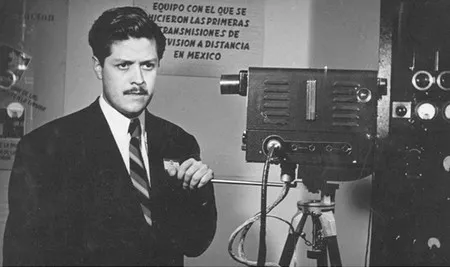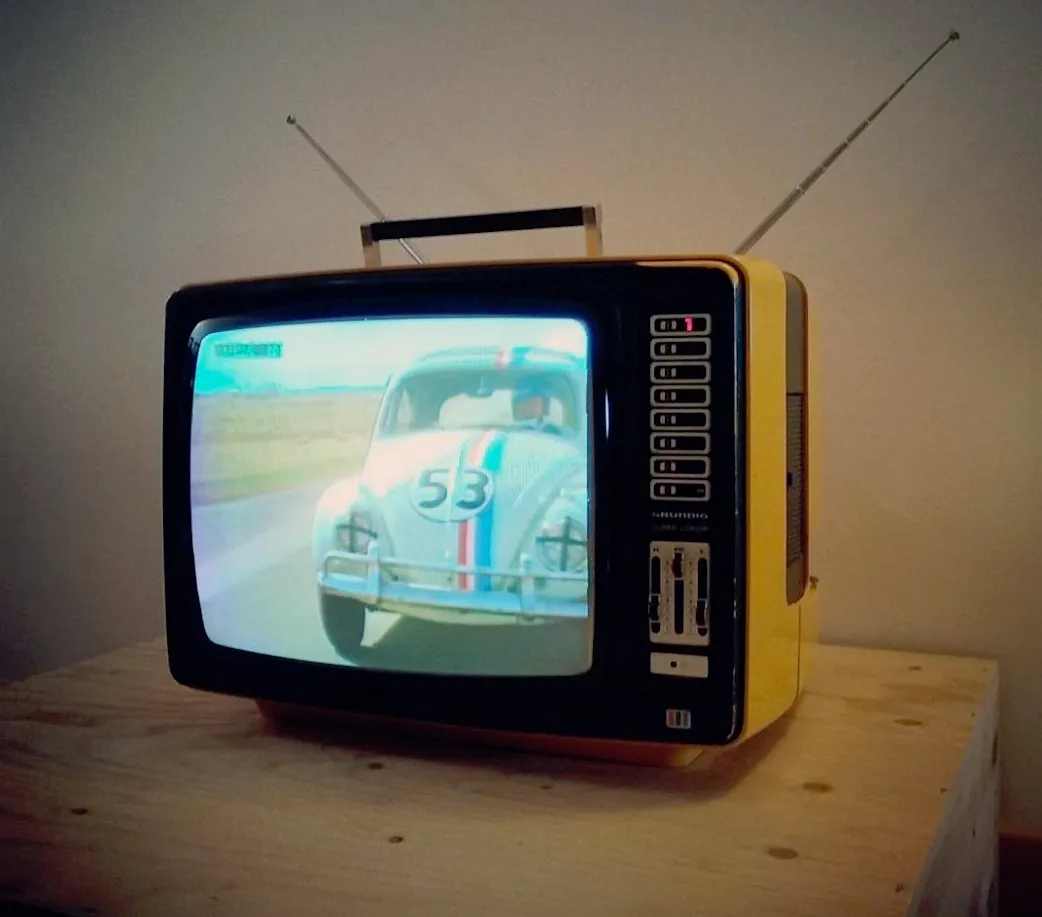English.

At first, the question of the title may seem a bit literal, but by going into depth it is possible to realize the broad panorama that this question has. Beginning with the creation of the same, we go back to 1940 where Guillermo Gonzales Camarena, at 23 years of age, achieved both in Mexico and in the United States the patent of his "trichromatic system of sequence of fields, using the primary colors, red , green and blue, for the capture and reproduction of the images ".

With 29 years, he inaugurated his first experimental television station in Mexico, which was the XEHGC Channel 5. Eventually he got a PhD given by the Columbia College of Chicago, Illinois, recognitions such as the Mariano Bárcena medal and recognition by NASA. On April 18, 1965 he suffered a car accident in which he died.
Now, the function of a television is to produce a series of small pixels (electrons) on a screen that are guided by the cathode ray tube. When a person sees the set of these small points, he appreciates a complete image. The old televisions used a cathode ray tube to produce the images and they worked with analogical signals. The current television signals are transmitted digitally. This step allowed the creation of such as plasma and LCD.

The bases of color television not only allowed their successors to improve, but also was implemented in objects such as video cameras, cell phones, etc. Among the most noteworthy, the following are mentioned: The color television cd system was used in the Voyager I and II ships, and the simplified bicolor system, used in 1969 to transmit the arrival of man to the Moon through the Apollo 11 ship. It is thanks to this invention that all technology allows us to perceive the world in a vivid and unimaginable way that a decade ago would be impossible to think since what would our lives be without color?
Remember that if you liked my content, you can share it, give it a vote and also comment; because your opinion is always important. Greetings and keep an eye on upcoming posts :-)
==============================================================================
Español.

Al principio puede parecer algo literal la pregunta del título, pero ya entrando a fondo es posible darse cuenta del amplio panorama que tiene dicha pregunta. Empezando por la creación de la misma, nos remontamos a 1940 donde Guillermo Gonzales Camarena a sus 23 años de edad, consigue tanto en México como en los Estados Unidos la patente de su “sistema tricromático de secuencia de campos, utilizando los colores primarios, rojo, verde y azul, para la captación y reproducción de las imágenes”.

Con 29 años, inauguró su primera estación experimental de televisión en México, que era la XEHGC Canal 5. Eventualmente consiguió un doctorado dado por la Columbia College de Chicago, Illinois, reconocimientos como la medalla Mariano Bárcena y reconocimiento por la NASA. El 18 de abril de 1965 sufrió un accidente automovilístico en el que falleció.
Ahora bien, la función de un televisor consiste en producir una serie de pixeles pequeños (Electrones) sobre una pantalla que son guiados por el tubo de rayo catódico Cuándo una persona ve el conjunto de estos pequeños puntos aprecia una imagen completa. Los televisores antiguos utilizaban un tubo de rayos catódicos para producir las imágenes y funcionaban con señales analógicas. Las señales de televisión actuales se transmiten en digital. Este paso permitió la creación de como los de plasma y LCD.

Las bases de la televisión a color no solo permitieron que sus sucesores fueran mejorando, sino que también se implementó en objetos como cámaras de video, celulares, etc. Entre los más destacables entra a mención los siguientes: El sistema cd televisión a color fue utilizado en las naves Voyager I y II, y el sistema bicolor simplificado, usado en 1969 para transmitir la llegada del hombre a la Luna mediante la nave Apolo 11. Es gracias a este invento que toda la tecnología nos permite percibir el mundo de una forma vivida e inimaginable que hace una década sería imposible de pensar ya que ¿Cómo serían nuestras vidas sin color?
Recuerda que si te gustó mi contenido, puedes compartirlo, votarlo positivamente y también comentar; Porque tu opinión siempre es importante. Saludos y estén atentos a las próximas publicaciones :-)